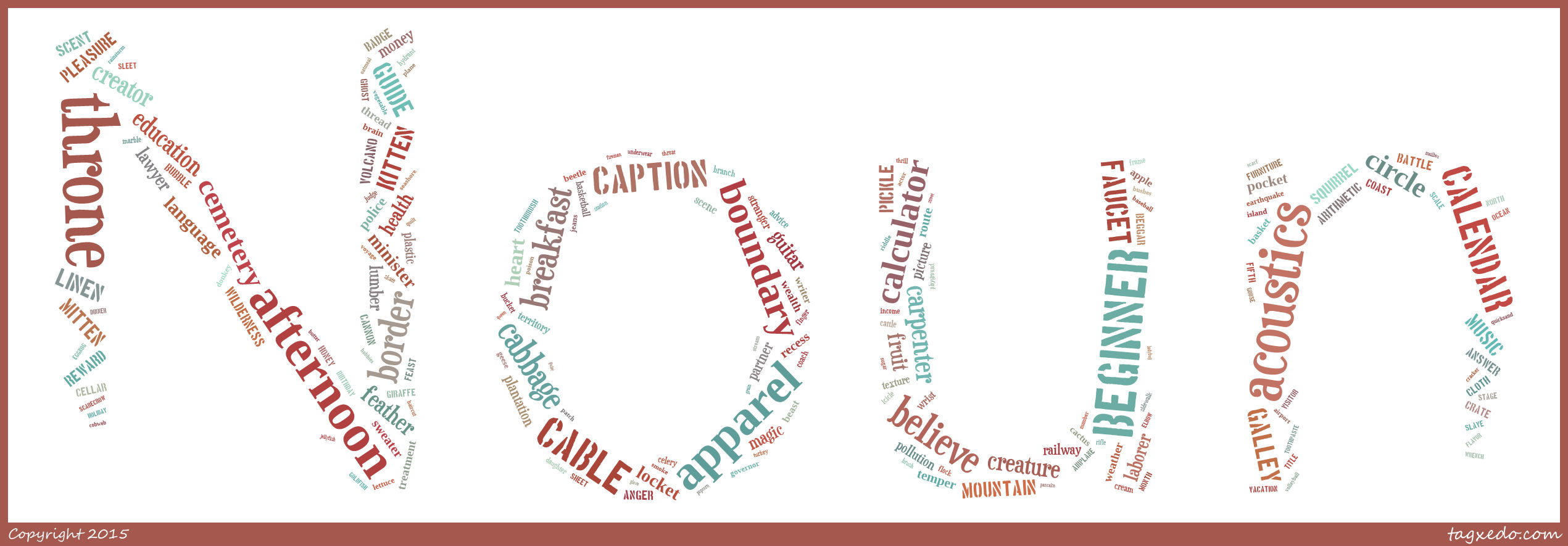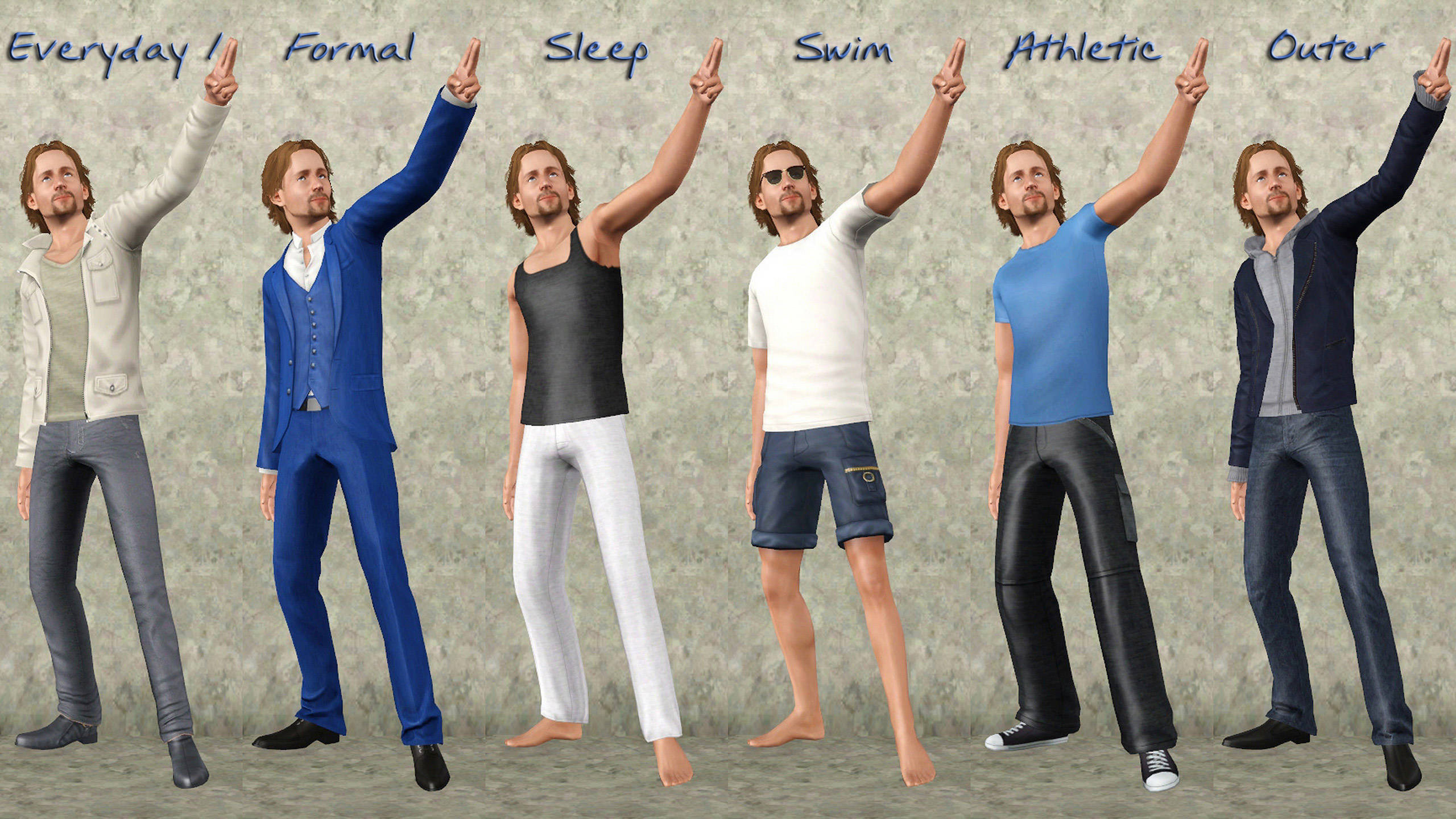Lesson plan countable and uncountable nouns
Data: 3.09.2018 / Rating: 4.6 / Views: 508Gallery of Video:
Gallery of Images:
Lesson plan countable and uncountable nouns
You just clipped your first slide! Clipping is a handy way to collect important slides you want to go back to later. Now customize the name of a clipboard to store your clips. In this lesson, students study and practise the use of countable and uncountable nouns with aan, the, some, etc. The worksheet is suitable for both classroom practice and selfstudy. Refer to the information for Teachers given in Grade 3 lesson for the definition of the countable, uncountable and common nouns. Countable nouns: are individual people, animals, places, things, or ideas which can be counted. Quantifiers can be used with both countable and uncountable nouns. Examples: There are some books on the desk He's got only a few dollars. There is a large quantity of fish in this river. He's got more friends than his sister. Use some with plural countable nouns and uncountable nouns. Use any for negatives or questions with countable and uncountable nouns. Ive got some bananas and some honey. Learn the difference between countable and uncountable nouns with this English grammar lesson. Countable nouns are separate objects that we can count. Lesson Goals: At the end of the lesson, the students should be familiar with the main difference between countable and uncountable nouns. They will learn how to use much and many with some level appropriate vocabulary for foods. EFL ESL activities and games for teaching the countable and uncountable nouns. This A2 ESL lesson plan contains activities, games and other resources for teaching countable and uncountable nouns. The recommended way to use these materials is through the TEFL Handbook app, which gives you offline access to everything on this site. Leadin activity Countable and uncountable nouns. Nouns can be either countable or uncountable. Countable nouns (or count nouns) are those that refer to something that can be counted. They have both singular and plural forms (e. catcats; womanwomen; countrycountries). In the singular, they can be preceded by a or an. Most nouns come into this category. A smaller number of nouns do not typically refer to. This is a useful lesson plan for beginners which practices language asking about food in the home. 20, 128 Downloads Countable and Uncountable Nouns. Three exercises for practicing the use of countable and uncountable nouns. Students label pictures then categorize nouns as being countable or. The most important types of nouns are common nouns, proper nouns, abstract nouns, possessive nouns, and collective nouns. A noun can be a person, a concept, a place, an object or a thing. It is easiest to design lessons using images for concrete nouns which can include countable and and uncountable nouns. Show pictures of countable and uncountable nouns. Ask students individually to tell if the picture shown is of a countable or uncountable noun. In this way, the concept will be clear. 3 Countable and Uncountable Nouns Los nombres en ingls pueden ser contables o incontables. Countable Nouns (Los nombres contables) Los nombres o sustantivos contables son aquellos que se pueden contar. Ejemplos: one [a pencil (un lpiz) two cats (dos gatos) three houses (tres casas) Uncountable Nouns (Los nombres incontables. Countable and uncountable nouns. You will learn about countable and uncountable nouns. but before you continue the lesson, look at the following chart and study the nouns. Learn English Online Unit 8 Lesson 37 Countable and Uncountable Nouns in Containers Free Beginners Course Find help with your English here Countable nouns stand for things we can count with numbers (apples, books, pieces etc). And uncountable nouns are for things we cannot count (water. My favourite start to a lesson on this grammar point is eliciting or presenting nouns which can be both countable and uncountable, e. asking them to draw some pizzas some pizza, some apple some apples, etc. Higher level classes could match work works, air airs etc with their two different meanings. This lesson plan is designed to build on that knowledge to help students use appropriate quantifiers with countable and uncountable nouns. Review the terms 'countable noun' and 'uncountable noun. This Countable and Uncountable Nouns Noun Quantifiers Lesson Plan is suitable for 7th 12th Grade. Students solidify their knowledge of countable and uncountable nouns and their quantifiers. The lesson includes a number of overlooked or idiomatic expressions to help. This fun countable and uncountable nouns game is useful for teaching students the difference between the two types of noun. In the activity, students also learn to associate quantifiers and question words with each type of noun. TIME: 50min GRADE: XI D TOPIC: Countable and uncountable nouns SKILLS: LANGUAGE FOCUS: definition; exercises LESSON AIMS: by the end of the lesson the studentspupils will be able to know what countable and uncountable nouns are and how to use them correctly in a sentence AIDS: WARMINGUP: Teacher(T). : FOOD COUNTABLE AND UNCOUNTABLE NOUNS FOOD COUNTABLE UNCOUNTABLE NOUS COUNTABLE NOUS Nouns you can count you can use a an in front of countable nouns. FREE CountableUncountable Nouns Worksheets. Welcome to the section on countable and uncountable nouns. While native speakers have no trouble using countable and uncountable nouns correctly, second language learners may struggle to remember which nouns are which. Goes out to 323, 134 subscribers every Tuesday. This Uncountable Nouns Lesson Plan is suitable for 8th 12th Grade. Learners practice defining and recognizing countable and uncountable nouns. This Uncountable Nouns Lesson Plan is suitable for 8th 12th Grade. Learners practice defining and recognizing countable and uncountable nouns. To develop countable and uncountable nouns along with the structures: there is there aren't there should be. The roleplay focuses on shopping and the language needed for complaining. There are nouns that can be both countable and uncountable, and students must understand the difference. Chicken is uncountable if its a food, but countable if its the animal. Using Countable and Uncountable Nouns. There are singular and plural forms. one cat, two cats The lesson starts at 9. You always use a singular verb. There is no furniture in there. There are no furniture in there. You can use a or an in front of them. Uncountable nouns are always singular. Use the singular form of the verb with uncountable nouns: . There is some water in that pitcher. That is the equipment we use for the project. Adjectives with Countable and Uncountable Nouns. In this lesson, students study and practise the use of countable and uncountable nouns with aan, the, some, etc. The worksheet is suitable for both classroom practice and selfstudy. The worksheet is suitable for both classroom practice and selfstudy. 3 we introduce the use of some with plural countable nouns and uncountable nouns, and contrast the use of some with aan. We also introduce the use of there is and there are with nouns. Some nouns in English are countable we can use them in singular and plural forms. Some are uncountable they only have one form. Countable nouns are nouns that can be preceded by a number and that have singular and plural forms. The opposite of countable nouns is uncountable nouns. Uncountable nouns are for the things that we cannot count with numbers. They may be the names for abstract ideas or qualities or for physical objects that are too small or too amorphous to be counted (liquids, powders, gases, etc. In our first lesson we first take a quick review of uncountable and countable nouns and the use of aan and some, before introducing the concept of quantifiers with plural countable nouns and uncountable nouns. Throughout the rest of the lesson, the student discovers different expressions of quantity, and the typical nouns that they are used. Countable uncountable nouns: worksheets pdf, handouts to print, printable exercises, resources. Specifically for my graduate course for my M. I am teaching three of my 12 year old students that I have had the pleasure of teaching for over nine months, Lisa, Becky, and Jaden. Learn English Online Unit 8 Lesson 38 Countable and Uncountable Nouns Some, any, a few, a little, many, much By reviewing the main categories of noncount nouns, students learn to distinguish count nouns from noncount nouns. They also learn ways to make noncount. Page page of our free Nouns PDF lesson plans and worksheets for English language teachers, complete with answers and teachers' notes. Countable Uncountable Nouns with the Same Meaning. Added on 28th February 2012 Countable Uncountable Nouns Guessing Game. There are quantifiers that can be used with both countable and uncountable nouns. They include all, any, enough, most, no, and some. b) INTERACTION: SSTS c) PROCEDURES: T asks the students to open their books to page 46 and read the exercises. T must learn the students how to use correctly in a sentence this types of nouns. to recognize a countable and an uncountable noun in a sentence. the definition of the countable nouns followed by some examples. The concept of countable nouns can be difficult for young students to understand easily. Visual examples are useful in helping the students understand the difference. the definition of the countable nouns followed by some examples. for that the students must pay attention to articles and adjectives. the T gives the second definition. exercises from the textbook and worksheets. After that T makes a list in which she specify each article or adjective that can be used with a countable or. Many for Countable Nouns and Much for Uncountable Nouns Explain to the students that many is used for countable nouns and much is used for uncountable nouns. to recognize a countable and an uncountable noun in a sentence. After that T makes a list in which she specify each article or adjective that can be used with a countable or uncountable noun. The T asks questions to check the comprehension of the students. Grammar Countable and uncountable nouns. used to would Vocabulary Partitives. Taste and texture useful phrases At a restaurant: register 5 Edible 1 Complete the statements with either Countable or Uncountable. (1) nouns have a singular and a plural form. Begin review by asking students to identify the worksheet list of objects as countable or uncountable. Activate quantifier vocabulary by asking which quantifiers can be used to modify countable and uncountable nouns. At this point, it is a good idea to write the two categories on. Countable and uncountable nouns with different meanings. Some nouns can be used either countably or uncountably, but with different meanings. We bought a new iron and an ironing board. People believed that ships made of iron would sink. How much how many ESL EFL lesson plan Countable and Uncountable Nouns Food This is a free online English lesson plan for English teachers working with students of A1 (beginner) level.
Related Images:
- Gta 4 error
- Nights in white satin the moody blues
- Mea Culpa 2018
- The damned 2014
- Saw 5 ita
- Suite life on deck s02e08
- Crank 2 1080
- Captain morgan revenge
- Hit and miss s01 720p
- 1001 Video Games You Must Play Before You Die
- Girl and black guy
- Warren g era
- Yu Gi Oh Zexal Manga Reader Online
- City of Gold Pirates of the Caribbean Jack Sparrow 7
- Nova 2 android
- Boyce avenue here without you
- Hercules dark reign
- Darren styles skydivin
- Good Eats Volume 1 The Early Years
- O patinho feio ilustrado pdf
- Transformers dark of the moon trailer
- Bryant computer systems
- Sims expansion pack
- The great ghost
- Robert abigail mojito
- Kia Picanto Manuals Gearbox Oil Change
- 2 chicks same time 13
- Best love scene
- Jamie oliver food revolution s02e02
- Japan grand prix 2018
- 28 hotel rooms sub
- Once upon a time season 3 episode 19
- Hi de hi
- Parts For A Farmall H Tractor
- Sister wives s03e02
- Oracle database certified associate 1z0 071
- Template after effect text
- Katy perry prism
- Alan parsons i robot
- Injustice gods among us year two 009
- Jack of all trades
- Legacy of lies
- Le Royaume french
- Planet ocean 1080p
- Focus 5 accounting software crack works
- Kendra Cole 1080p porngoespro
- Hellboy 2008 1080p
- Witching hour comic
- Taj mahal 1969
- Cape town private gold
- Beyonc the beyonc experience live
- Math class in java javatpoint
- Vivica johnson cast
- Nagi no AsuKara HorribleSubs
- Colton dixon 2018
- Repair Manual Sony Mds 501 Mini Disc Recorder
- Bounty hunter vixen
- Electrolux Microwave Oven Manuals Pdf
- Sherlock holmes s01e03
- The originals vostfr
- Manhunt 2 crack
- Circle takes the
- Golden love songs
- Uk top 40 21 09 2018
- The secret life of the america teenager season
- Escha logy 08
- Shark tank s05e26 hdtv x264 2hd
- Diary of the wimpy kid
- Atherosclerosis risk factors ppt
- Ford Expedition Rear Ac Water Leak
- Avast sept 2014
- The viking 1958
- Deadfish gundam build
- Snow on tha bluff
- Pdf Mail Merge Plugin Mac
- Sounds of the south
- The godfather ii xbox360
- Virtual dj 7 1
- Sherlock holmes the complete 1939
- Gta 4 car mod
- Walt disney tarzan
- Big boss season 7
- La marie tait en noir
- Health Informatics An Interprofessional Approach 2e












